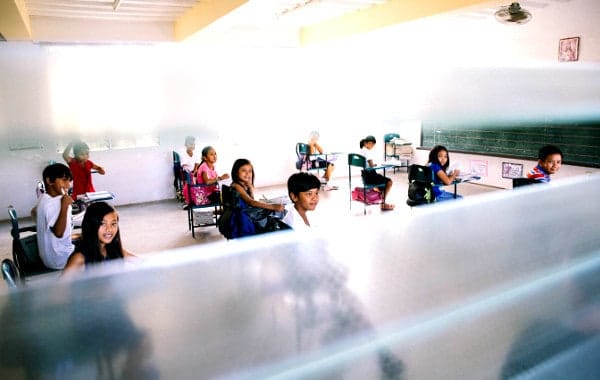
Kids need structure when going back to school.
What Do Kids Need?
The place to start is with the rules and requirements of the school. You’d think kids would be expected to leave the phones and tablets at home, but increasingly just the opposite is true. Kids are using their phones as part of class: to do research, to keep texts handy for open book tests without hauling a giant bookbag around, and so on. At the same time, it’s unlikely the school doesn’t have rules about kids playing games when they should be focused on schoolwork. Ask for a copy of the school rules and the expected schedule for your kids, and program it into your software so phone features are locked and unlocked as needed during the day.
Have A Talk
Once you’ve got those, go over them with your kids and discuss expectations about the school year and their workload. Set standards for kids that they understand and can abide by, like, for example, limiting phone time if they fall behind in their grades. They should understand what you, and their teachers, will expect of them in the coming months, so they can plan accordingly.
If certain apps or tools are required to be pre-loaded on their phone, this would also be a good moment for you and your children to set those up and start experimenting with them. Just like going through the reading list over the summer is a good idea, learning the apps now can save frustration on both their part and yours later. Take a little time to get the hang of your parental control software as well, especially useful features like remote locking for occasions when kids need to pay attention.

Kids need to pay attention, and parental apps can help ensure that.
Set Up Schedules And Controls
Finally, you should set up schedules and rules you can enforce, such as no phone time before homework is finished, or that phone time is earned by getting assignments done early or when work on projects is squared away well before the due date. Consider incentives in particular if your kids have a heavy workload at school this year, because that will both keep them off the phone and smooth out any inevitable bumps in the intellectual road.
It’s key, before school starts, to set up their phones for success, using iPhone parental settings and parental control software to enforce the rules. Software should be configured to keep kids from downloading apps without your agreement, while leaving the door open to making emergency calls and using educational apps required in the classroom. Parental control software shouldn’t be a surprise, though. Make sure kids understand why you’ve set it up, what the rules are, and what they need to do to abide by them.
The switch from the freedom of summer to the hustle and bustle of the school year is never perfect. But with a little planning, some software, and a few conversations, you can make sure it’s a bit smoother. To get some hands-on experience with parental control apps, try it for free.

Join the conversation